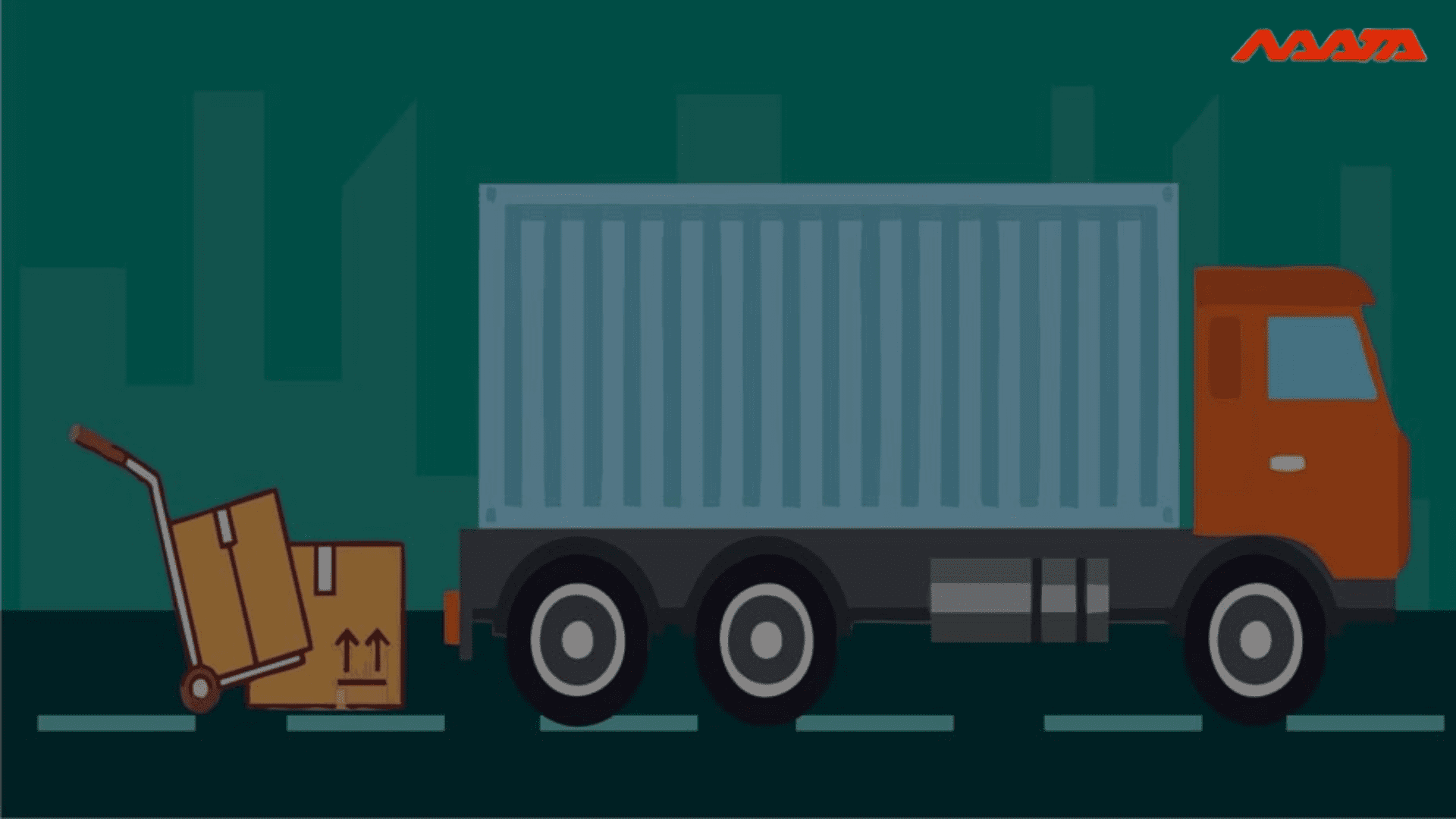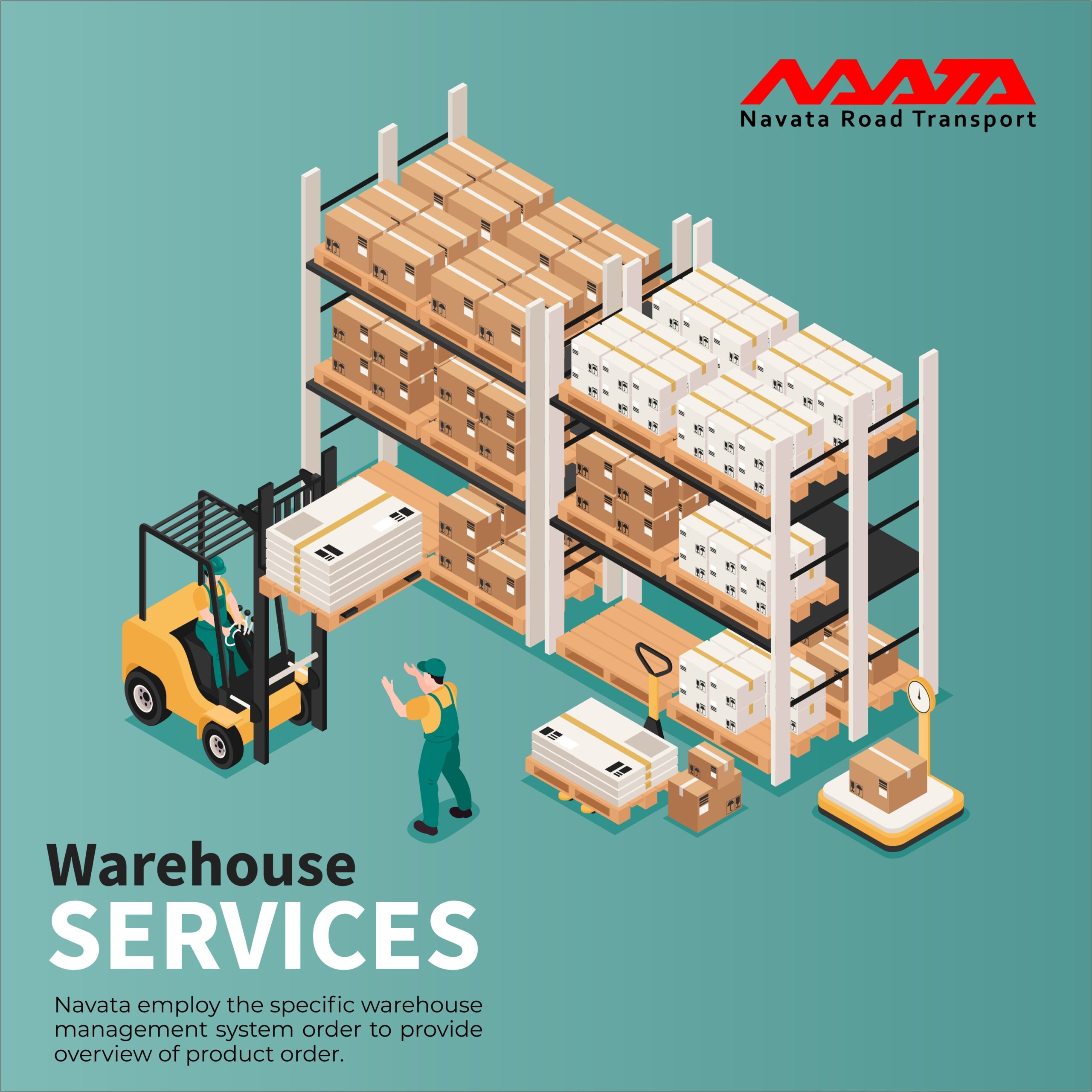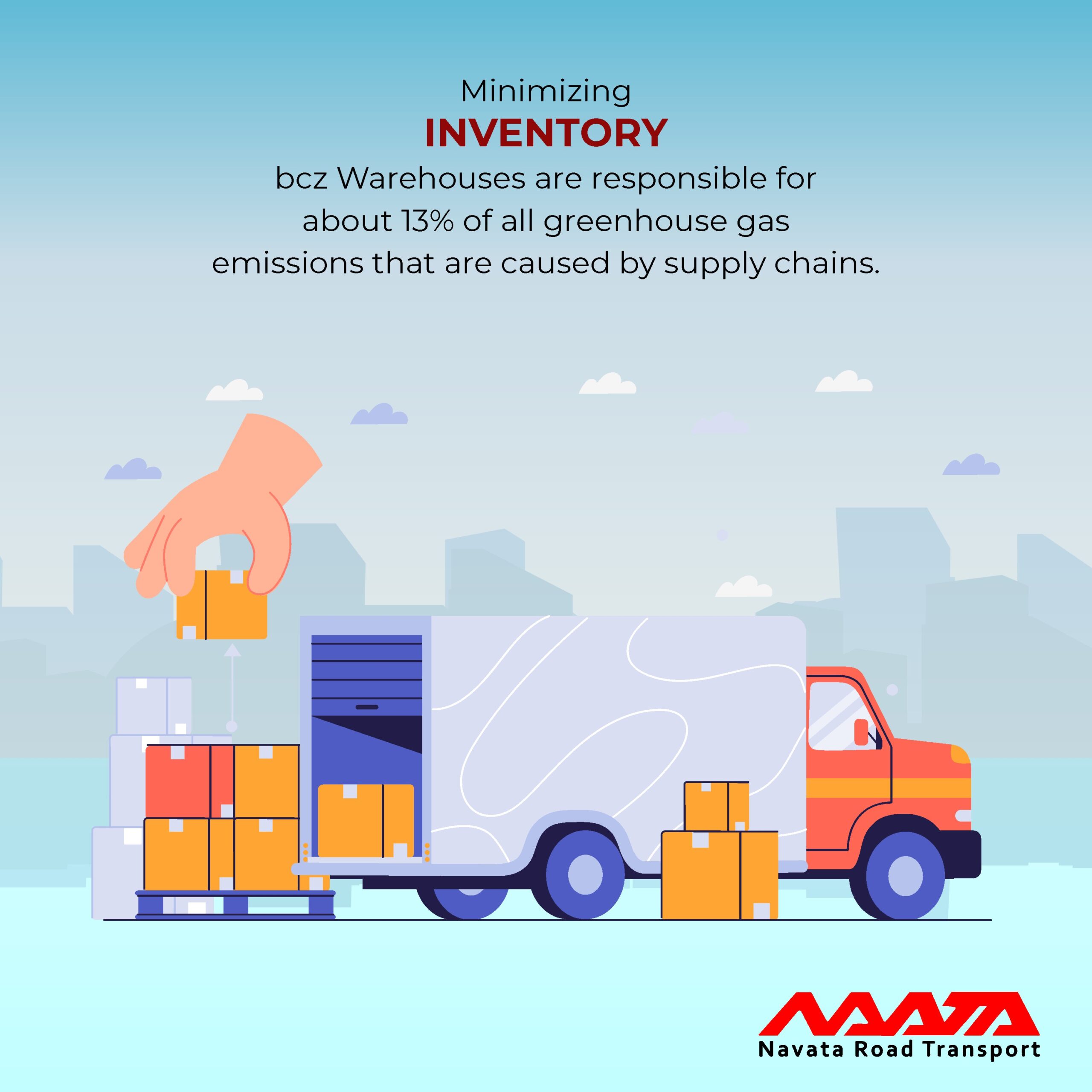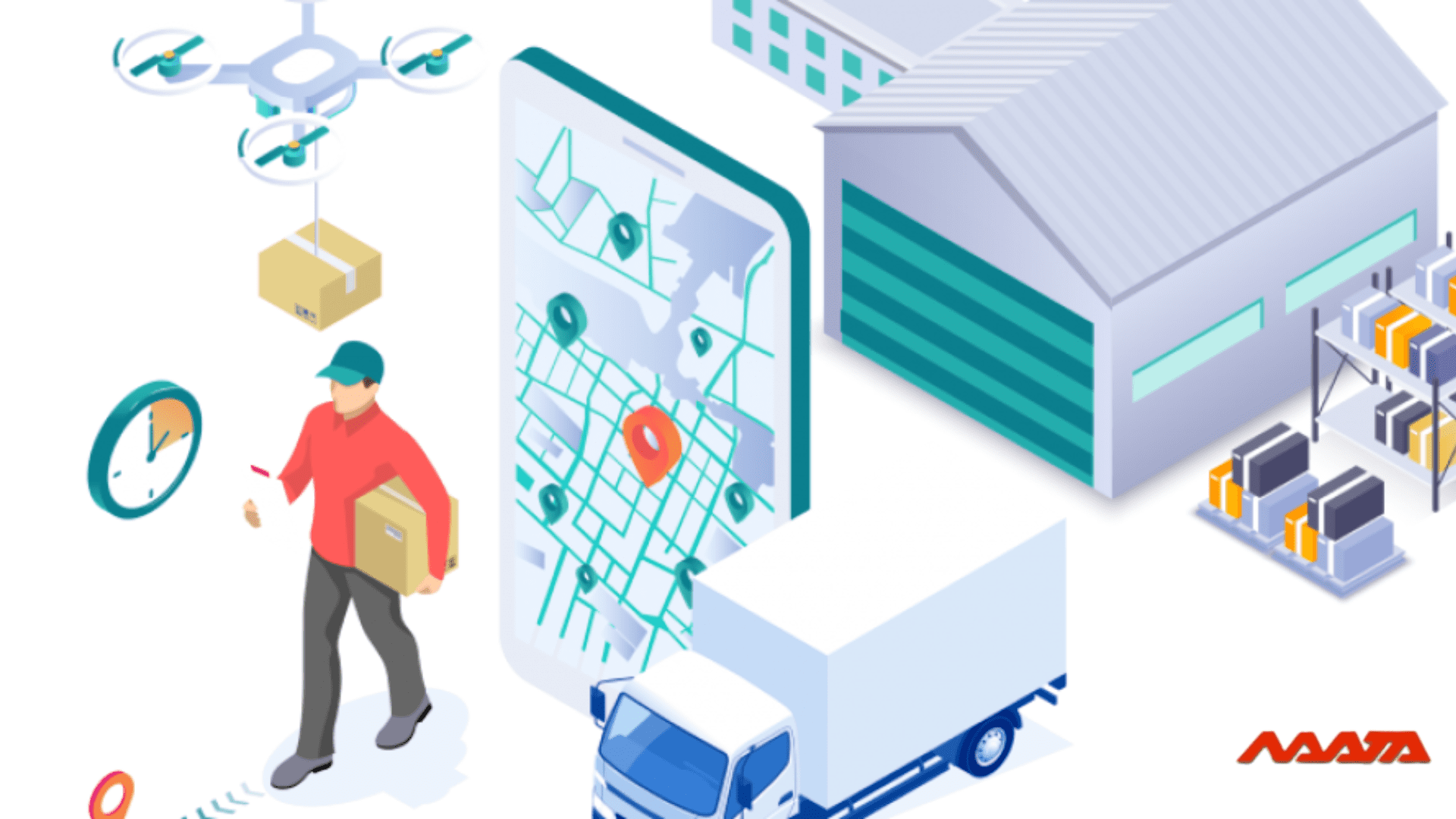What is 3PL: Learn the Ins and Outs of 3PL Here
Table of Contents
What is 3PL?
Third party logistics, or 3PL for short, refers to the services provided by an outside organization. When referring to the process of placing an order, the phrase “third party logistics” is commonly used interchangeably. One may have all their eCommerce fulfilment needs to be met using a third-party warehouse. Included in this category are activities like storing inventory, taking orders, and handling shipments. The majority of third party logistics (3PL) facilities also provide a variety of complementary services. Customer service, refunds, and alterations are all examples of this.
When it comes to logistics and supply chain management, “third-party logistics” refers to the practice of contracting with other companies to handle some aspects of a company’s distribution, storage, and order fulfilment needs.
eCommerce fulfilment is handled by a third-party logistics provider. If you’re looking to outsource your logistics operations, it has everything you’ll need.
One option for avoiding the hassle of running one’s own warehouse and distribution network is to utilize the facilities of a third party logistics (3PL) provider and have products sent straight to them from the producers. When a consumer puts an order through the 3PL’s website, the 3PL will immediately pack and send the customer’s goods. Customers seldom give a second thought to the handoff between order receipt and fulfilment when working with a third-party logistics provider (3PL) due to the ease and transparency of the process. That frees up time and resources for online stores to concentrate on what they do best: creating and selling goods.
You Might Also Like To Read: Third-Party Logistics (3PL) – Definition and its Dynamics

How Does 3PL Work?
The specific steps involved in a 3PL’s fulfillment process may change based on your supplier and the services you’ve contracted for, but often include the following:
The third party logistics provider will store all of your goods in its warehouse after receiving them.
Your e-commerce site either manually or automatically pushes orders to the 3PL when they are placed (if its software integrates with your online store).
When an item is ordered, a member of the warehouse team receives a picking list so that they can get the item.
The things are placed in boxes, together with the receipt, and the specifics of the order are written down.
The third-party logistics provider (3PL) either prints the shipping label itself or employs one of its shipping carrier partners.
Your customer’s shipment is delivered to them after being picked up by the shipping carrier from the distribution facility operated by your 3PL.
Your order management software is synchronized with the tracking information that is uploaded to the system that the 3PL uses.

Which is better, a 3PL or a 4PL, and why?
You could come across the concept of fourth-party logistics when you investigate the various choices available to you for managing your logistics (or 4PL). A 4PL provider shares a lot of similarities with a 3PL business, with one important distinction between the two:
3PL
Manages stock and orders, as well as provides storage, packaging, shipping, and other order fulfillment services.
4PL
Takes care of every step of the supply chain for their customers and acts as their sole point of contact.
There is little denying that these two service providers share many similarities.
However, the easiest way to understand the difference between a 3PL and a 4PL is that the latter handles the logistics while the former acts as the central point of contact for all parties and components of supply chain management. Even with the help of a 3PL, the supply chain remains under the ultimate supervision and management of the business, retailer, or e-commerce provider.
Advantages of 3PL
Here are several scenarios in which your e-commerce firm might profit from partnering with a 3PL:
Effectiveness in the supply chain:
With the help of a third party logistics supplier, you may speed up the delivery of your items to clients. That’s crucial for bettering the client experience and increasing satisfaction.
It’s easier to scale up:
If your business is experiencing rapid expansion and your small crew is struggling to keep up with the volume of daily orders, you may want to consider using a third-party logistics firm. The reason for this is that third-party logistics providers already have warehouses, stock, forklifts, inventory management software, and other things that would be a hassle (and expense) for you to acquire. Furthermore, you’ll have more spare time for entrepreneurial pursuits like marketing.
It will help you save both time and money:
By outsourcing logistics to a third party, you may save money that would otherwise go toward renting warehouse space, purchasing equipment, paying for gas to transport goods, and paying staff to do these tasks.
Access to expertise:
Additionally, third party logistics companies may alert businesses to supply chain errors before they cause significant damage. Additionally, 3PLs optimize inventory levels to reduce inventory holding costs by offering industry projections.
Less risk:
Everyone gets antsy waiting for shipments, and we’ve all been there. As a result of using 3PL services, you may plan for backup shipment methods in the event of shipping delays or package loss. Having a third party logistics provider (3PL) handle your shipment means that they, and not your business, are responsible for any problems that arise during transit.

Disadvantages of 3PL
Loss of control:
To properly collaborate with a 3PL, you must have faith in their ability to handle your logistics, which may be challenging for certain firms. Moreover, misplaced expectations seem to be rather prevalent. 38% of 3PLs said their consumers were “extremely pleased” in 2019 research, whereas just 18% of 3PL customers concurred. It emphasizes the need of selecting a 3PL with whom you can trust and cooperate efficiently.
3PL only applies to small and medium-sized enterprises :
As a business expands, it will ultimately need to switch to a more complete logistics provider.
What services do 3PL providers offer?
Among the many offerings available from 3PL companies, the following stand out:
Inventory management:
Having a third-party logistics provider (or “3PL”) take care of storing your company’s inventory is a huge relief, but you need still to keep track of how many of each item you sell is in stock, how close you are to running out, and if you have run out completely. For little effort on your part, your third-party logistics provider (or “3PL”) may maintain and report on your stock levels.
Alternate shipping arrangements:
Alternative shipping arrangements may be made with a 3PL far more readily than if you managed logistics in-house if an order is misplaced or won’t make it to your client in time for their demands. If your 3PL company has many distribution centers around the nation, it may easily reship a product with expedited delivery without charging you a fortune to do so.
Distributed inventory:
Distributed inventory is the phrase used in the online retail industry to describe the practice of keeping merchandise in more than one warehouse. Your 3PL may save on shipping costs by delivering goods to clients from the place closest to them rather than having to ship from a central warehouse if stock is spread out over many facilities. Because of its convenient location, transport times and costs have been drastically reduced.
Returns management:
When it comes to returns management, third-party logistics providers (or “3PLs”) might be helpful, since they can process returned orders and even integrate with returns software solutions to improve the customer experience. Once you have access to this data, you may decide whether to resupply, quarantine, or dispose of the returned items.
3PL Value Added Services:
Businesses often need to make rapid adjustments in response to shifting client preferences. A third-party logistics provider (3PL) is a valuable resource for finding effective answers. While most 3PLs focus on the aforementioned core competencies, others go above and beyond by offering value-added services (VAS) to better serve their clientele.
Kitting and Assembly:
Bringing together a large number of individual SKUs into a single, unified product. If the two items are combined, a new product code will be generated. Retail distribution and limited-time offer often call for kitting and assembly.
Picking and packing:
Locating the necessary components in a warehouse and carefully attaching them to a box so that it may be sent without being damaged is what this procedure entails. Picking and packing, in contrast to kitting and assembly, involves the adding of many items to a package rather than the combination of separate components. To rephrase, packing and shipping means including all of a customer’s ordered products in one order, rather than assembling a single enormous item.

Thanks For Reading: What is 3PL: Learn the Ins and Outs of 3PL Here
Powered By 360Presence
What is 3PL Disadvantages of 3PL Advantages of 3PL




